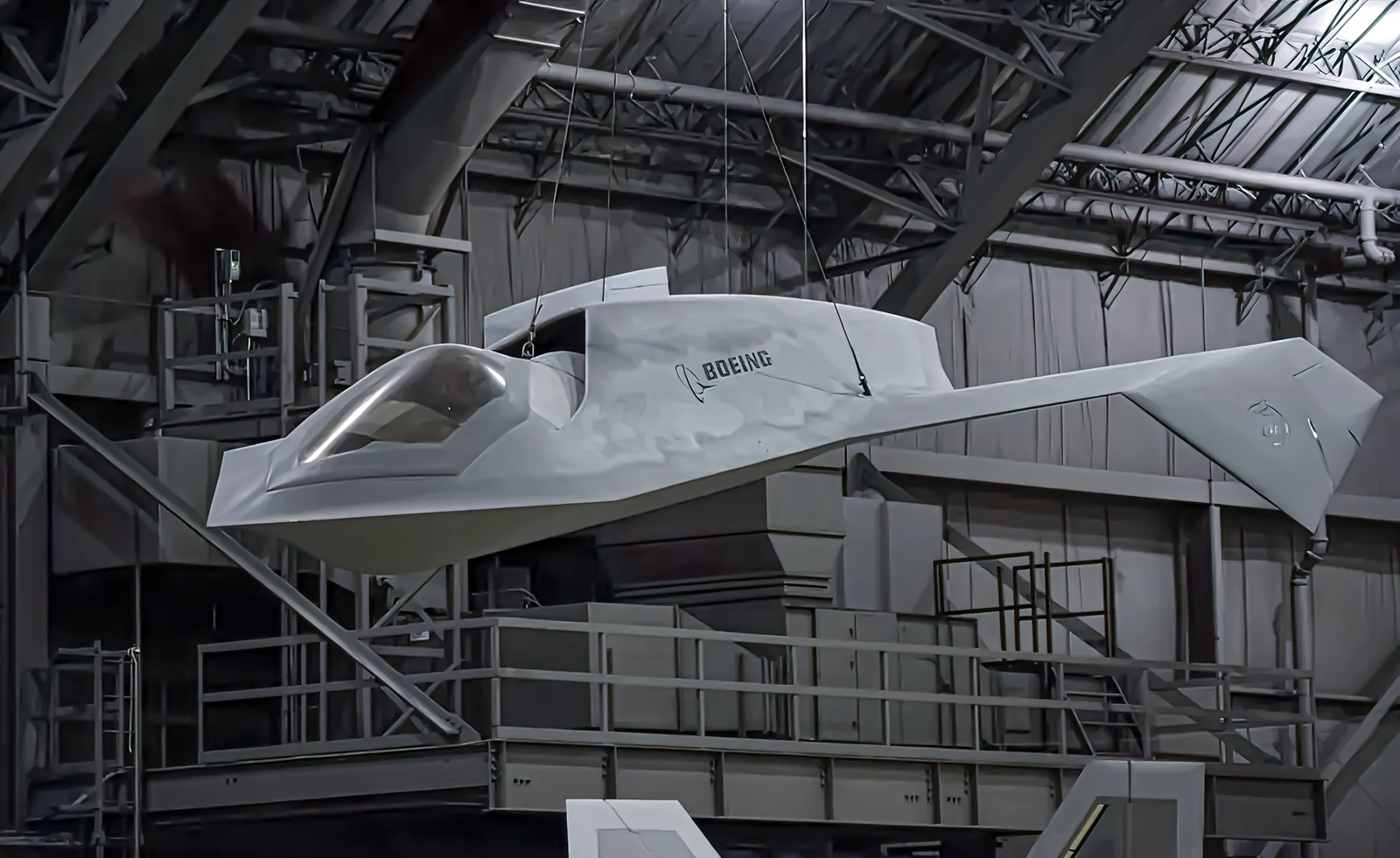
Stealth planes are designed to be almost invisible, but few have stirred the imagination as much as the Boeing YF-118G Bird of Prey. Created in the 1990s in the top-secret Area 51, this plane was not intended for combat or production in large quantities. Instead, it was used to test new stealth methods while demonstrating that advanced technology could be created on a very low budget.

The program began within McDonnell Douglas’s Phantom Works, the corporation’s cutting-edge technology unit. Once McDonnell Douglas merged with Boeing in 1997, the project continued within Boeing’s defense group. Starting in 1992, after the success of the F-117 Nighthawk, engineers sought to develop a new stealth aircraft type—one that was less expensive, highly maneuverable, and experimental.

Its sleek, tailless shape and blended-wing-body configuration made the Bird of Prey distinctive from the beginning. Without vertical stabilizers, it reduced radar reflectivity. Its strange, seemingly sci-fi appearance—the Bird of Prey often has been likened to a Klingon starship—was not just cosmetic. It was actually shaped to deflect radar energy and stay invisible to the enemy’s sensors, so the nickname seems fittingly accurate.

Even more remarkable, the whole program came in at just $67 million—a small percentage of the normal cost of stealth projects. Engineers made use of off-the-shelf equipment: a Pratt & Whitney JT15D-5C turbofan from a business aircraft, a Harrier ejection seat, and F/A-18 control stick and throttle units.

One of the pilots, Colonel Doug Benjamin, jokingly remarked that even the cockpit clock was purchased at a retail store.

Budget-reducing steps carried over to design. Computer-aided design enabled engineers to tune aerodynamics in a virtual world prior to constructing actual parts. Big composite components and throwaway tooling accelerated production and minimized waste. Not only did it save money, it showed a versatile, contemporary approach to creating future aircraft.

The Bird of Prey made its initial flight on September 11, 1996, with Colonel Benjamin at the helm over Groom Lake. In three years, it completed 38 flights, demonstrating that shaping for stealth could work and that a tailless, inherently unstable aircraft could be safely flown. Its speed of around 300 mph with a ceiling of 20,000 feet was not spectacular, but the primary objective was to test concepts, not to set performance records.

The experience gained through the Bird of Prey impacted subsequent aircraft. Boeing’s X-45A unmanned fighter borrowed significantly from its stealth design, and features can be noted in the F-22 Raptor and F-35 Lightning II.

Even the B-21 Raider stealth bomber could inherit aspects of this original prototype’s innovation. There were even rumors of tests with “active camouflage” to enable the plane to merge with its environment. Whether fact or fiction, these reports only served to increase the plane’s mystique.

Once the program was declassified in 2002, the one Bird of Prey prototype was relocated to the National Museum of the United States Air Force in Dayton, Ohio. It is now suspended over an F-22 in the Modern Flight Gallery—a testament to a jet that influenced stealth aviation’s future quietly.

While it never went to war, the Bird of Prey proved that imagination, ingenuity, and vision can have a lasting impact—even on a shoestring budget.
